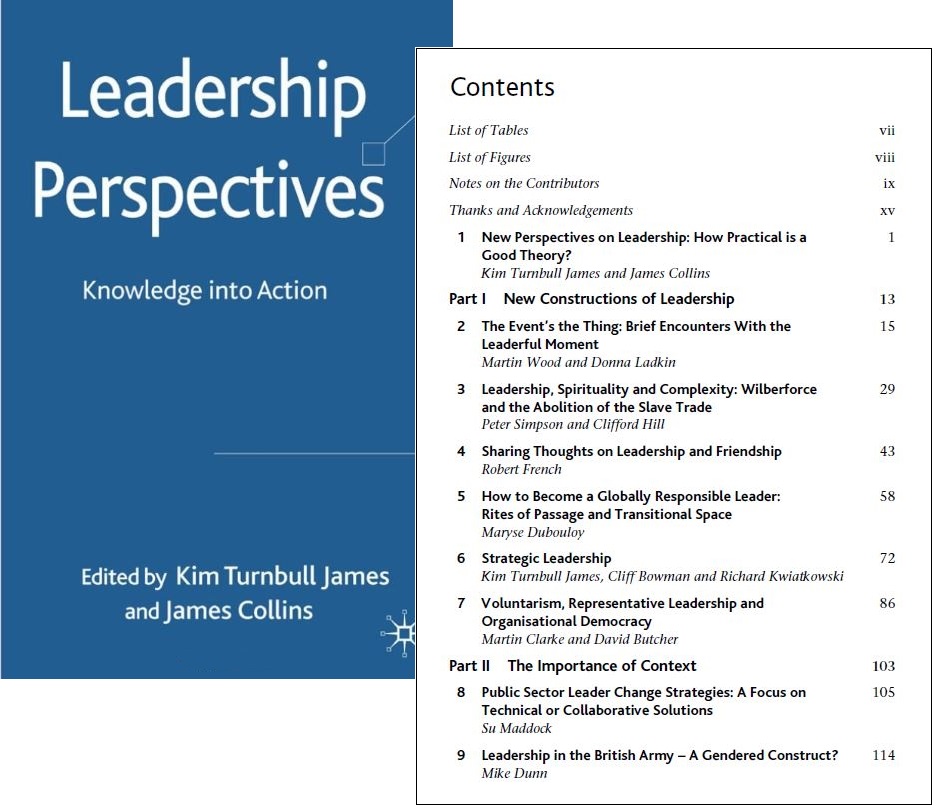How do I reference a book chapter… in the Cranfield Author-date style?
06/07/2015

Many of you might be wondering what the point is to this post. After all, a book’s a book, isn’t it? A chapter is just part of a book, so you just reference the book, don’t you? Simple. Maybe not so simple.
First of all, you need to check the book details to see if the book has authors or editors. If only authors are mentioned, then yes, it’s simple, just reference the book; but if it has editors, things are a little different. Read on…
So how do edited books differ from authored books?
Well, a book with authors was written by those authors. They planned out the content and they wrote the text. An edited book however is different. Within an edited book, each individual chapter has its own author(s) who actually produced the text. The role of the editor(s) is to choose or commission the content and to arrange it into book form.
Have a look at this book below. The people named on the cover are clearly marked as editors, not authors. Then, when you reach the contents page, you can see that each chapter has its own author(s).

When you cite a chapter within an edited book, your reference needs to reflect this. You need to include not only the book details but also the chapter details – so two sets of names will appear.
What should your Author-date reference include?
Your book chapter reference should include:
- Author(s) of the chapter (Surname, Initials)
- (Year of publication)
- ‘Title of chapter – inside single inverted commas’
- ‘in,’ plus editor(s) of book (Surname, Initials) (ed. or eds.)
- Title of book – in italics.
- Place of publication: Publisher,
- Page range.
- (Series, volume number if appropriate).
And how should it look?
So, if we were to reference one of the chapters above in the Author-date style, it would look like this. The text in black is the original book reference, and the surrounding blue text gives the chapter details…
French, R. (2008) ‘Sharing thoughts on leadership and friendship‘, in, James, K. and Collins, J. (eds.) Leadership Perspectives: Knowledge into Action. Basingstoke: Palgrave Macmillan, pp. 43-57.
If your chapter has no author details, follow the example below using the publisher in place of the author:
ASM International (1998) ‘Corrosion characteristics of carbon and alloy steels’, in, Davis, J. R. (ed.) Metals handbook: desk edition. 2nd edn. Cleveland: ASM International, pp. 301-306.
As always if you have any questions about referencing, please contact us.
Feature image from Pixabay. Available at: https://cdn.pixabay.com/photo/2016/06/01/06/26/open-book-1428428_960_720.jpg
Categories & Tags:
Leave a comment on this post:
You might also like…
Keren Tuv: My Cranfield experience studying Renewable Energy
Hello, my name is Keren, I am from London, UK, and I am studying Renewable Energy MSc. My journey to discovering Cranfield University began when I first decided to return to academia to pursue ...
3D Metal Manufacturing in space: A look into the future
David Rico Sierra, Research Fellow in Additive Manufacturing, was recently involved in an exciting project to manufacture parts using 3D printers in space. Here he reflects on his time working with Airbus in Toulouse… ...
A Legacy of Courage: From India to Britain, Three Generations Find Their Home
My story begins with my grandfather, who plucked up the courage to travel aboard at the age of 22 and start a new life in the UK. I don’t think he would have thought that ...
Cranfield to JLR: mastering mechatronics for a dream career
My name is Jerin Tom, and in 2023 I graduated from Cranfield with an MSc in Automotive Mechatronics. Originally from India, I've always been fascinated by the world of automobiles. Why Cranfield and the ...
Bringing the vision of advanced air mobility closer to reality
Experts at Cranfield University led by Professor Antonios Tsourdos, Head of the Autonomous and Cyber-Physical Systems Centre, are part of the Air Mobility Ecosystem Consortium (AMEC), which aims to demonstrate the commercial and operational ...
Using grey literature in your research: A short guide
As you research and write your thesis, you might come across, or be looking for, ‘grey literature’. This is quite simply material that is either unpublished, or published but not in a commercial form. Types ...





